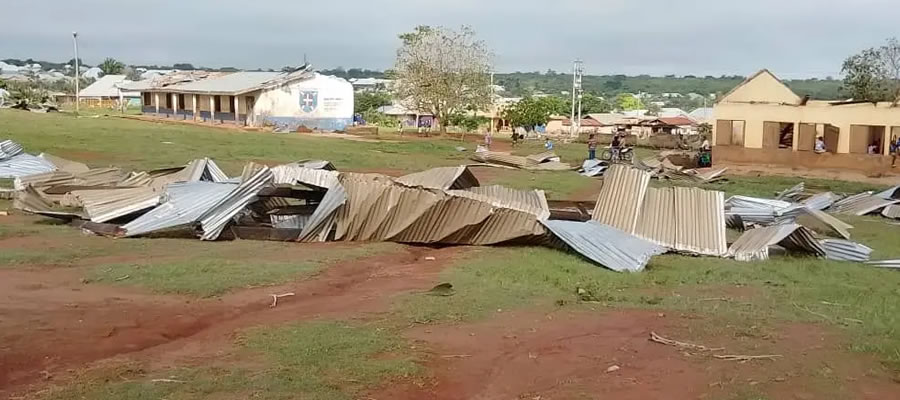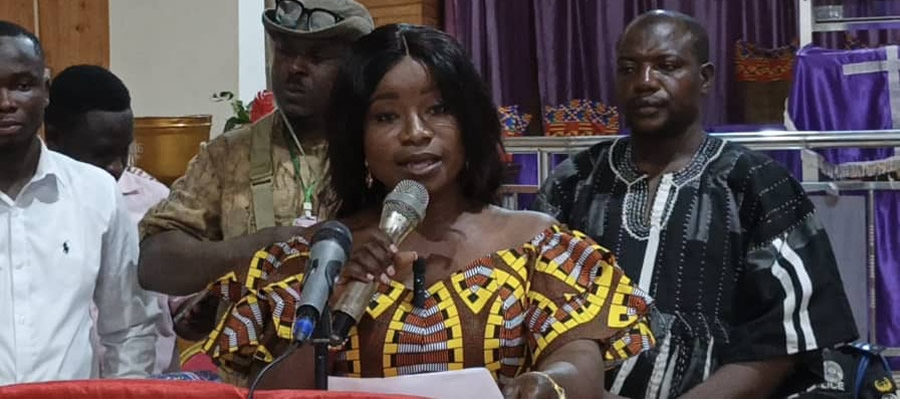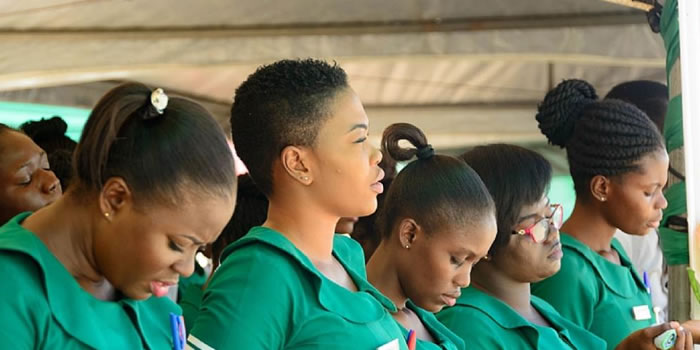

COMMUNITY NEEDS AND ASPIRATIONS
Prominent among the needs and aspirations outlined through the various levels of dialogue were the following:
- Extension of electricity to newly developed areas
- Provision of street light.
- Demarcation of sanitary sites.
- Establishment of effective waste management system.
- Intensification of tree planting exercise to check erosion and bushfires.
- Provision of proper drainage system.
- Rehabilitation of Wenchi town roads and feeder roads.
- Provision of adequate school infrastructure
- Provision of adequate market infrastructure
- Extension of water.
- Provision of adequate public toilet facilities.
- Provision of health facility.
- Provision of storage facilities.
- Intensification of Agric Extension Service.
- Proper layout for all communities.
- Provision of micro- credit scheme to boost economic activities.
Vulnerability Analysis
Vulnerable Groups and the Excluded
The Excluded
Between 1998 and 2002, the Social Welfare Department has registered 273 persons with disabilities (PWDs) ranging from sight, hearing, movement, absence of feelings etc. (see Table 1.20 below). The highest among them being difficulty in moving (35.8%), followed by sight impairment (26.0%).
However, there are no facilities for the treatment of the PWDs apart from the eye clinic at the Methodist hospital, which serves the general public. Besides, there are no specialised educational institutions for the PWDs, and they have no access to public buildings due to inappropriate architectural designs.
The Vulnerable groups
In the District, five vulnerable groups have been identified. These are: a) women b) children c) physically and mentally challenged d) elderly, 60 years +) orphans and widows. The Department of Social Welfare is currently mounting campaign against child betrothal, female genital mutilation and advocating for female empowerment.
Poverty Profile
Introduction
The success of this plan will depend to a large extent on the formulation of relevant pro-poor programmes for implementation. The formulation of these pro-poor programmes will in turn depend on the ability of the programme designers to identify the poor, how they live, and where they are.
Many people in Ghana have an idea of what poverty is and can readily give examples of what poverty is all about. However the description of poverty differs from one person to the other and from place to place. People experience poverty in different ways because they grow in different social, economic and cultural backgrounds with varying opportunities in life.
The above underscores the relevance and preference for the use of district specific poverty profiles and poverty pockets in the design of pro-poor programmes. Such design is also based on the common understanding that poverty manifests itself differently in different locations and as such pro-poor programmes must also vary accordingly if they are to effectively address the varying needs of the poor.
Various stakeholders in the district were asked of their perceptions of poverty and how poverty is manifested in the various communities. Stakeholders also identified the causes of poverty and the coping mechanism. The consultative process identified the poor as farmers (especially women) who are not able to transform their resources into useful production. These are subsistence farmers who live from hand to mouth. In addition, the poor included those who serve as labourers on tobacco farms as well as the unemployed and beggars. These poor people are located in all the settlements across the district.
Poverty as manifested in the Wenchi District ranged from malnourished children, children and parents alike in tattered clothes, children with no formal education, perpetual borrowing and poor housing conditions and structures.
Some of the coping mechanisms resorted to are borrowing, begging, engagement in low paying menial jobs and to some extent stealing.
District Poverty Pockets
The district has been defined into poverty pockets based on several characteristics which include availability and access to socio-economic services, the hierarchy of settlements, resource availability among others. The pockets therefore give indications of the deprived nature of the Areas and how poverty is manifested among the people, but not the levels of poverty itself. Three pockets were identified. The pockets cut across the sub-district boundaries.
Date Created : 11/21/2017 5:57:36 AM













 facebook
facebook
 twitter
twitter
 Youtube
Youtube
 +233 593 831 280
+233 593 831 280 0800 430 430
0800 430 430 GPS: GE-231-4383
GPS: GE-231-4383 info@ghanadistricts.com
info@ghanadistricts.com Box GP1044, Accra, Ghana
Box GP1044, Accra, Ghana